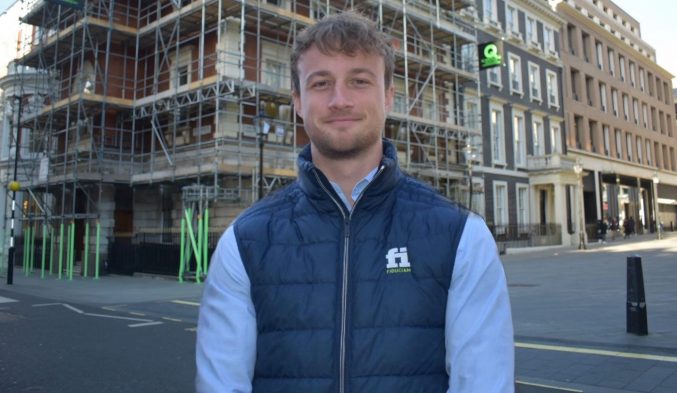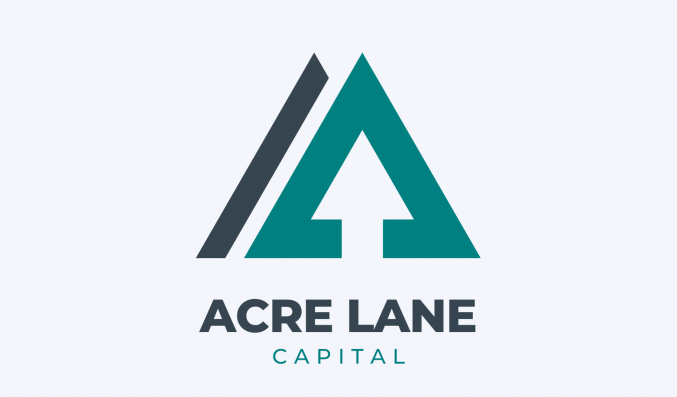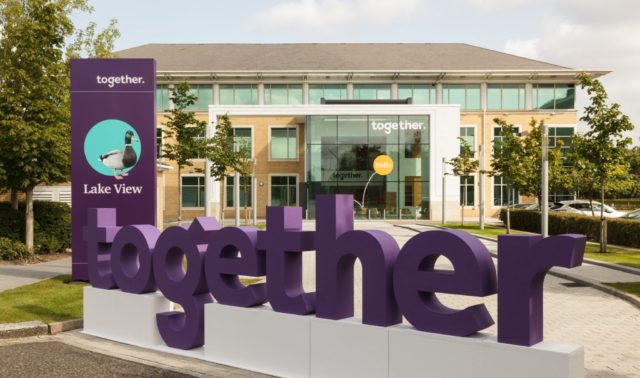Guide to VAT and VAT Bridging loans
By Mike Underwood

Why does VAT have to be paid?
Value Added Tax (VAT) is known as an indirect tax because it is paid on a discretionary basis, i.e. if you decide not to purchase an item on which VAT is payable, then you do not pay the tax.
As VAT is charged on most business transactions in the UK (including the sale of opted commercial buildings), most firms act as VAT collectors on behalf of the Government, with VAT added to the sale of items known as Output Tax and VAT paid on items bought known as Input Tax.
Businesses then complete a VAT return and the difference between the output tax and input tax is what is either paid to, or recovered from HMRC.
As VAT has to be paid upfront, then the time lag to recovering the amount from HMRC causes short term cash flow issues or liquidity issues for businesses.
VAT Funding and VAT Loans smooth out that issue and allow businesses to purchase assets and retain capital.
How are VAT loans structured and who uses them?
A VAT loan or funding is normally a short term three month secured loan with a first or second ranking charge, with a debenture and personal guarantee required, and can be drawn down very quickly.
If there is a senior debt provider then a Deed of Postponement has to be agreed to allow the client to repay the VAT loan, without causing a default or breach event.
Limited companies, Special Purpose Vehicles (SPVs) and any business entity that is registered for VAT will use a VAT loan to retain their own capital and liquidity, or monetize VAT invoices to give working capital upfront.
As circa 80% of commercial property in the UK is opted to tax, if you are either buying or selling commercial property, or providing the finance for these acquisitions, then you will come across scenarios where VAT has to be paid.
Unless the sale of the opted property can be treated as a Transfer of Going Concern (TOGC), and therefore exempt from VAT, the legal requirement to pay VAT on completion can create a “funding gap”.
What is the Funding gap?
Most commercial lenders, including high street and alternatives, are focused on the loan to value (LTV) lending on the asset being offered for security without considering VAT.
This has the potential to leave the buyer with a “funding gap” of nearly 50% of the property cost. Traditionally, buyers have needed to fill this funding gap by using their own capital, increasing equity shares of partners or realising investments, all of which can prove extremely costly over a longer period.
Funding gaps can also be created by senior debt providers receiving a down valuation on the asset, or reducing the LTV they are prepared to lend to the buyer.
An example or a funding gap would be buying a commercial property at £4,000,000, which is optioned to tax will result in a final redemption statement at completion of £4,800,000.
With senior debt providing 60% LTV of the purchase price, the buyer will need to find an additional £2,400,000 to be able to complete and satisfy HMRC requirements.
What do you need for a VAT loan funding application?
To apply for a VAT loan you will have to provide the same information to the lender as other service providers such as company details, borrower details, Solicitor and Accountant details etc.
It is also imperative to provide the buying entities VAT registration number and if it is on monthly or quarterly returns to HMRC.
As with all matters relating to Tax, it is important to take professional advice, but engaging with the VAT specialist lenders can be an important source of information for both borrowers and financial intermediaries.

Mike Underwood is Head of Origination at specialist lender, Adsum Finance, the market leader in UK tax receivables financing. Since 2018 Mike has been one of the leading figures in VAT financing, working with numerous property developers and brokers on their VAT funding requirements.










You must be logged in to post a comment.